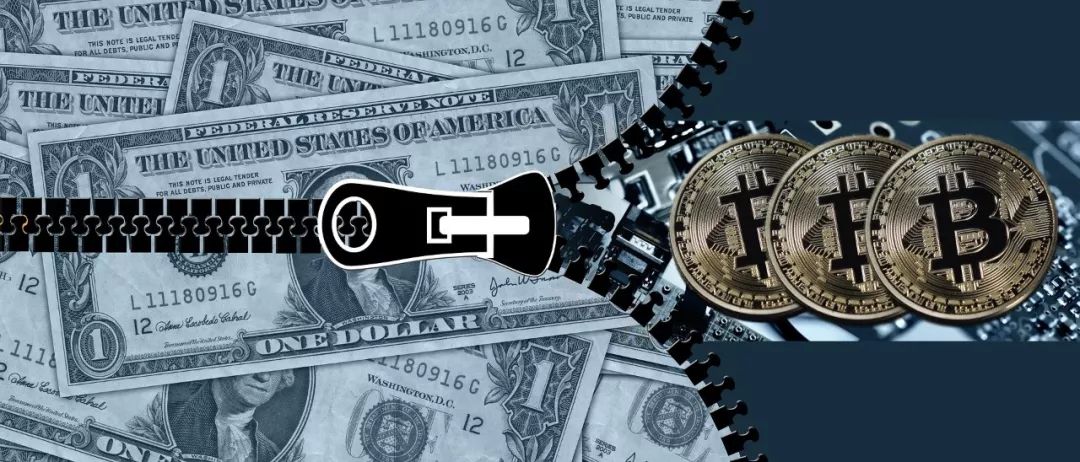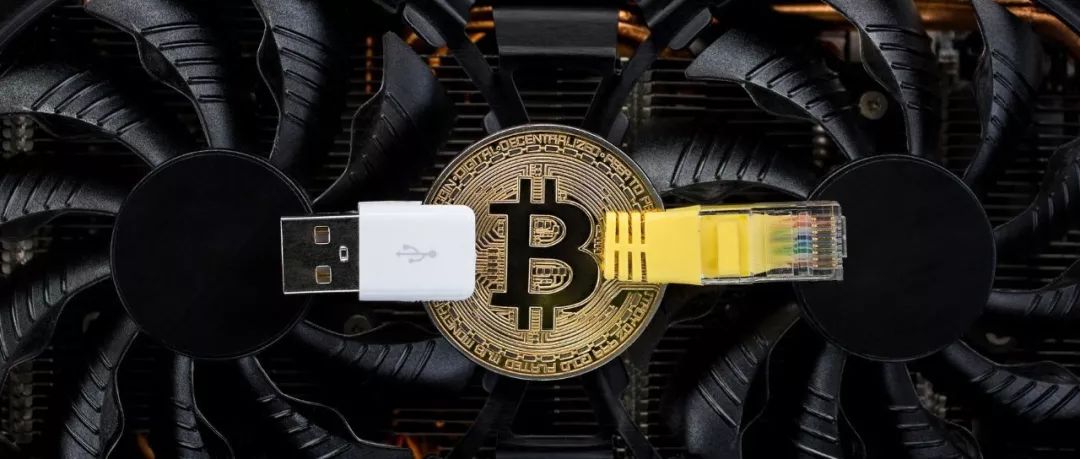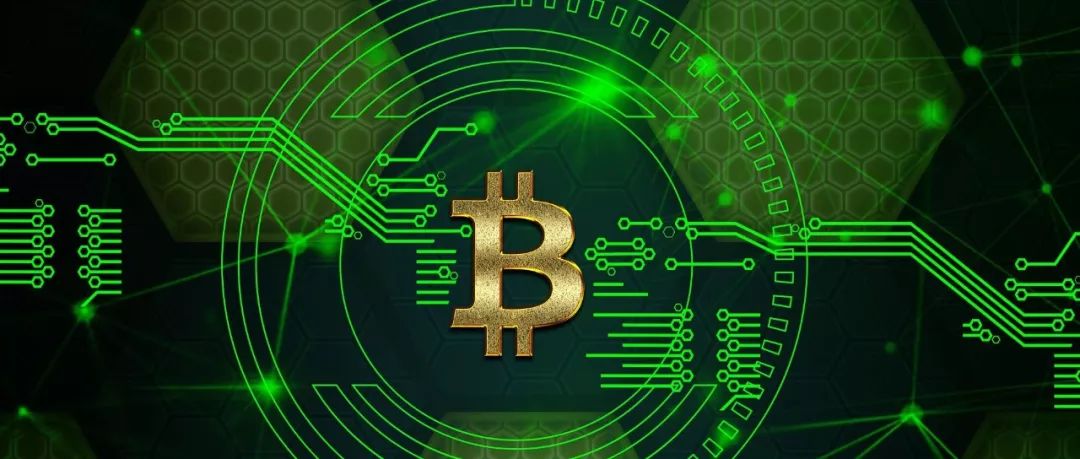It’s hot for half a year, what’s going on now?
Original: Compilation: JackyLHH
This year, it is called "the first year of cross-chain ". Cosmos, which has a cross-chain technology, has already launched its main network . Another Polkadot project that many people expect is also scheduled to be launched in the fourth quarter of this year.
The "cross-chain" actually solves the problem of information islands in the blockchain, and enhances the interoperability of blockchains, that is, the ability of different blockchains to communicate with each other.
Why is the interoperability of blockchain so important? In addition to Cosmos, Poca, what other projects are addressing the interoperability of blockchain? What are their solutions?
- BTC entered the vacation mode again, and it has fluctuated slightly since yesterday.
- Observation | In the blockchain era, can Shanghai create "BAT"?
- The survey shows that more than half of Bitcoin investors are expected to have a “triangular breakthrough”
Recently, Cointelegraph sent an article to answer the above questions. The following is the compiled content:
01 What is blockchain interoperability?

The "interoperability" of blockchain means that different blockchain networks can communicate with each other and share information without restriction.
Since the birth of the first blockchain network (bitcoin), it has been more than ten years since. So far, blockchain technology has made the mainstream aware, from agriculture, real estate to healthcare, voting, and at least a large number of companies and state agencies have considered the benefits of using blockchain technology in these industries.
For this reason, there are dozens or even hundreds of new projects every year. These projects compete with each other and compete for the “best” blockchain. Often, these project parties will emphasize that their product market is mature, safer and more scalable than competitors' products.
Regardless of whether these claims are true or not, these projects are isolated, inaccessible blockchains, with different ecosystems, hashing algorithms, consensus mechanisms , communities, and so on. A blockchain cannot understand the information that may exist on another blockchain.
For example, the Bitcoin blockchain is completely independent of the Ethereum blockchain, so the Bitcoin blockchain does not know anything about the information recorded on the Ethereum blockchain, and vice versa. Therefore, we will say that although there are so many blockchain projects and they belong to the same industry, they are isolated and isolated from each other.
ConsenSys, which is developing around Ethereum, described this phenomenon as a “Balkanization” in the encryption industry because it involves “these blockchain networks cannot be interconnected and isolated under competitive and commercial pressures”. .
In turn, the interoperability of blockchains is the ability to seamlessly exchange data between different blockchains, as if there were no boundaries.
02 Why is blockchain interoperability important?

The interoperability of blockchains makes large-scale application of blockchain possible, which will promote the further development of the entire industry.
Due to the fierce competition in the blockchain industry, some projects tend to invest a lot of energy to overtake competitors on certain indicators rather than focusing on the underlying infrastructure. Competition in terms of scalability is a particularly representative example. The Bitcoin blockchain can only process up to 7 transactions per second, and performance is low. Many blockchain projects only want to go beyond Bitcoin. Now they have publicly claimed that TPS has reached 40,000.
In contrast, the Visa network's performance is about 24,000 TPS, although it usually only needs to process about 1,700 transactions per second. Any blockchain, even Bitcoin, is far less than Visa. Therefore, 40,000 TPS is exaggerated.
If the entire infrastructure of the blockchain is not interoperable and secure, no matter how strong its scalability, no enterprise will want to use blockchain technology to solve related payment services. If it remains isolated, it will not be universally available worldwide. In contrast, Visa, MasterCard, American Express and other bank cards are “interoperable” that can be operated by merchants and ATMs around the world.
Similarly, the Internet also allows access to many databases through the API interface. If the Internet is not “interoperable,” it cannot grow into a truly global and easy-to-use network. The same applies to the blockchain. In order to gain mainstream attention, blockchain projects must demonstrate that they can work together seamlessly.
03 illustrates the importance of blockchain interoperability

Let's take a medical example to illustrate the importance of blockchain interoperability.
Let us first imagine that blockchains have been adopted on a large scale by the world, and each company uses blockchains to store data. Now, the following situation has occurred:
A critically ill patient needs hospitalization. When he is transported to the hospital by an ambulance, the hospital needs the medical record of the patient's locally treated clinic in order to carry out the best treatment.
However, unfortunately, the clinic used another blockchain network that was not compatible with the hospital's blockchain network. Therefore, the hospital cannot access the patient's documents. At the same time, the clock is ticking, and every second is crucial.
Fortunately, this will never happen: if the blockchain network is isolated, the hospital will not choose to rely on the blockchain. This also applies to other industries such as real estate, auditing , and logistics.
If the blockchain does not have "interoperability", it cannot be adopted on a large scale.
How to realize the interoperability of blockchain?

There are many solutions to the interoperability of blockchain, and they are different, including cross-chain, sidechain, principal-agent, atomic exchange, and so on.
Linking existing blockchain networks to each other is not easy. As ConsenSys said in the report: “Commercialization promotes competition and innovation, motivating developers and entrepreneurs to build systems that best suit their customers.” Therefore, open source, open interoperability is often overlooked, most blocks The chain has no built-in features to support interoperability.
However, many blockchain projects have begun to focus on solving interoperability problems in blockchains, using different methods. Among these projects, there are several representative ones:
1, Pokaadot
Boca is a project that focuses on multi-chain, or cross-chain technology. Basically, Poca allows different blockchains to be inserted into a larger, standardized wave card ecosystem. Its founder is former co-founder of Ethereum, Gavin Wood .
Technically, a wave card consists of a series of parallel chains (parallel chain processing transactions and transferring the results to the original blockchain), a relay chain (the central component that connects the parallel chains and ensures their security), and Consisting of a bridge connecting the Boca to the external blockchain.
2, Cosmos
Cosmos is also a major cross-chain project. Specifically, it uses the Inter-Band Inter-Chain Communication Protocol (IBC) to establish inter-operability of blockchains, similar to the TCP/IP communication protocol of the Internet.
Since many of the previous blockchain networks (such as Bitcoin) did not support IBC, Cosmos used "Peg Zones" to connect these blockchains to the Cosmos Hub, in a standardized language. These blockchains communicate with each other.
3, Chinlink
Chainlink is a decentralized oracle service. It retrieves data from the under-chain API and places it on the blockchain. In other words, Chainlink is the bridge between the blockchain and all other offline infrastructure: the nodes receive real-world data and transmit it over the network to the blockchain.
Currently, Chainlink is working with SWIFT systems used by most banks around the world.
4, Wanchain
Unlike Boca and Cosmos, Wanchain uses different protocols to facilitate communication between other unconnected blockchains. Therefore, Wanchain does not deploy "Peg Zones" or multiple parallel chains, but instead creates so-called "anchor tokens" that can be traded with Tokens on other blockchains.
For example, to transfer 10ETH to the bitcoin blockchain, Wanchain first locks the 10ETH on the Ethereum blockchain with a smart contract , then generates 10WETH on the Wanchain blockchain, anchored to the smart contract. That 10ETH. This 10WETH can be traded with the Bitcoin anchor coin WBTC on Wanchain, which can be exchanged with the BTC locked in the Bitcoin blockchain.
5, Quant
Unlike the four items above, Quant is not a blockchain. Quant uses the Overledger protocol, which is a layer that runs on an existing blockchain.
On Overledger, developers can create MApps (similar to DApps that can use multiple blockchains simultaneously) with "three lines of code" without any additional infrastructure. This provides more options for blockchain projects. For example, MApp can rely on the Ethereum blockchain for data storage while using the BCH blockchain for value transfer.
It should be noted that there are many blockchain projects that address the issue of blockchain interoperability. The five projects listed above are only a small part of them. As for the success of these projects, it is still time to test.
05 Is the blockchain now interoperable?

The answer is not yet, at least not yet.
The cryptocurrency trading platform is still a powerful medium for resolving blockchain interoperability. If someone needs to convert 10ETH to BTC, he will probably eventually choose to go to the trading platform. The current trading platform is the most popular and relatively convenient method. However, the trading platform also has its shortcomings, such as security.
Therefore, although many projects have been working to resolve blockchain interoperability, the current blockchain network is still largely isolated. However, just as the blockchain is still in the early stages of development, these projects are still in the early stages of development. To completely solve the interoperability of blockchain, it will not be completed in two or three days, but a long and protracted war.
Message Mining No. 330: Which two chains do you most want to take the lead in “cross-chaining”? why? Feel free to share your opinion in the message area.
——End——
"Declaration : This article is translated from "Cointelegraph". The translator has deleted it. The article is the original author's independent point of view. It does not represent the vernacular blockchain position and does not constitute any investment advice or suggestion. You are not allowed to reprint this article by any third party without the authorization of the "Baihua Blockchain" sourced from this article. 』
We will continue to update Blocking; if you have any questions or suggestions, please contact us!
Was this article helpful?
93 out of 132 found this helpful
Related articles
- Nick Saab, the father of smart contracts: Calling Libra "cryptocurrency" is like using "doll" as a real "baby"
- Market Analysis: Global Opens Negative Interest Rate and Releases Water, Meeting the New Era of Digital Assets
- French Finance Minister: France will prevent Libra from doing business in Europe
- Encrypted cat team shot again! Dapper Labs Receives $11 Million Investment from A16z
- Interpretation of the market | BTC was finally saved! But the cost is extremely heavy
- Libra Association Leader: Libra will be launched as scheduled in the second half of 2020
- Viewpoint | Is the nature of Bitcoin a consensus?






